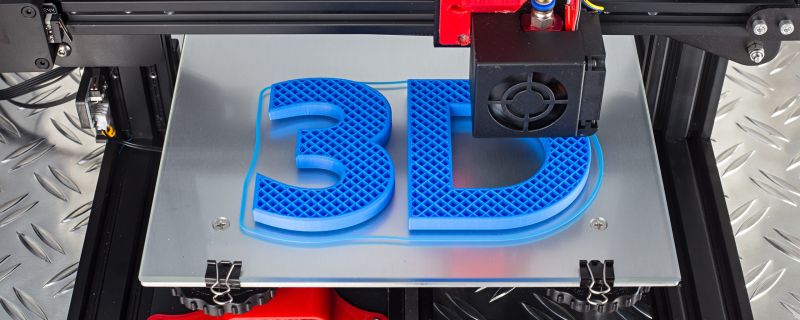
- Property & Casualty
- No comments
At one time, the concept of 3D printing may have seemed like science fiction. These days, however, the technology is revolutionizing how companies across a variety of industries—including engineering, medical, biotechnology, education and manufacturing—are able to design, develop and distribute their products.
An additive manufacturing technique, 3D printing is the process of printing layers of material on top of one another to ‘grow’ a product. This product creation relies on computer-aided design (CAD) files. Stereolithography (STL) software reads the CAD file and uses a material—such as paper, powder or metal—to print the shape. As the technology has evolved, the number of printing materials has evolved with it and currently includes thermoplastics, edible materials, rubber, clay, porcelain, metal, ceramic powders, plaster, paper and even human tissue.
While 3D printing has encouraged widespread innovation in development and design, it has been equally disruptive to supply chains, as the technology provides companies with the ability to produce custom items in-house. However, with the right preparation and knowledge, your company could not only protect its supply chains from disruptions brought on by 3D printers, but bolster them.
How 3D Printing Affect Supply Chains
Supply chains are intricate networks of individuals and organizations that work together to transform and transport materials and products. As 3D printing technology has become readily accessible, it has placed pressure on supply chains to simplify. By adopting the technology, your organization could drastically streamline its supply chain. For example, by creating a small, simple component for your product using an in-house 3D printer rather than relying on a cheap manufacturer in another country, you could save money and shorten your supply chain.
Using 3D printers to supplement your supply chains makes them more flexible, which allows your organization more ease to meet new challenges. For example, if a supplier goes out of business, you may be able to replace that supplier’s product by 3D printing it yourself. 3D printing can potentially make your business more self-sufficient and less reliant on distant suppliers.
3D printing can also create other efficiencies. Instead of waiting weeks for components, your supplier may be able to send electronic blueprints directly to you or local 3D printers, where they can be printed in a matter of hours. This helps you be more reactive to customer demands and eliminate lengthy lead times for the sake of low prices.
Risks of 3D Printing to Supply Chains
While 3D printers have the potential to supplement multiple areas of your company’s supply chain process, they are not without risk. The following list of risks is not exhaustive, but does highlight some of the risks your organization could encounter:
- Design and intellectual property infringement: A company or individual could acquire unlicensed versions of your company’s design files and produce their own copies. Or, a company or individual could replicate one of your company’s licensed designs and produce their own copies with a 3D printer.
- Quality of the raw printing materials: Depending on the quality or type of raw printing materials, the product could be flawed and unsafe.
- Brand reputation: If the 3D printer is calibrated incorrectly or if the raw printing material is of poor quality, your company may risk distributing defective materials and/or products, which could then damage your company’s reputation.
- Unclear supply chain network: 3D printers used within your supply chain could make it difficult to discern the origin and quality of the materials and/or products, exposing you to regulatory risks.
- Product liability: If a 3D printed product that your company produced and distributed failed, and caused an individual to sustain injuries, you may be held liable.
- Fire damage caused by the heat generated from the machine: While the 3D printer completes its task, it could become very hot, creating a potential fire hazard.
Simplify Your Supply Chain, See the Rewards
With careful planning, 3D printing can streamline your supply chain. However, the technology is not a cure-all, and should be used alongside a comprehensive risk management plan that emphasizes flexibility and efficiency. For more information on improving and protecting your supply chain, contact The Safegard Group, Inc. today.

